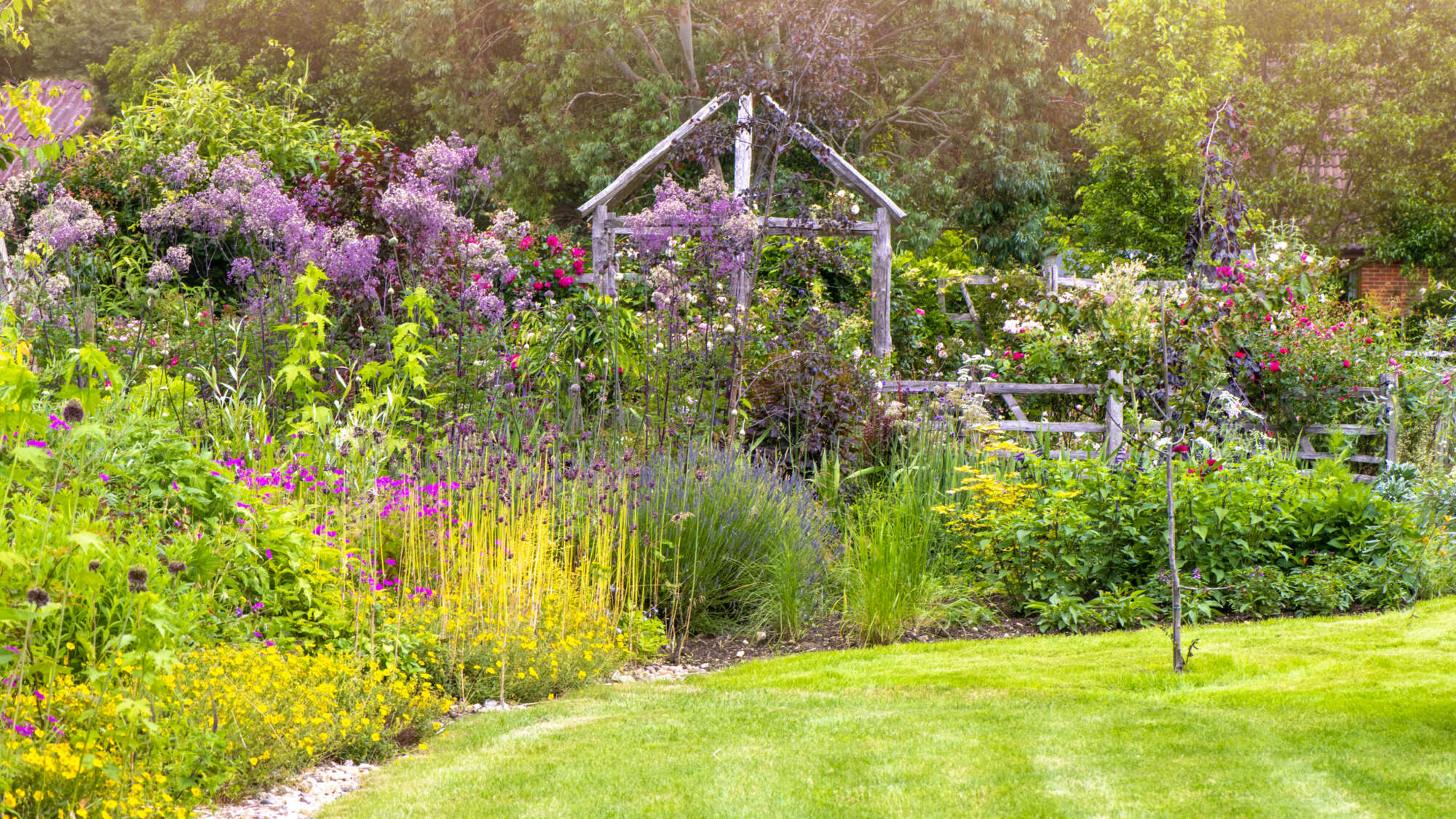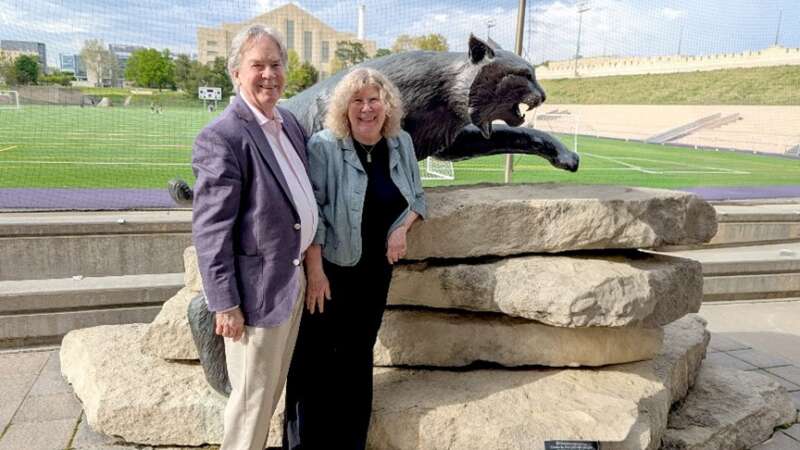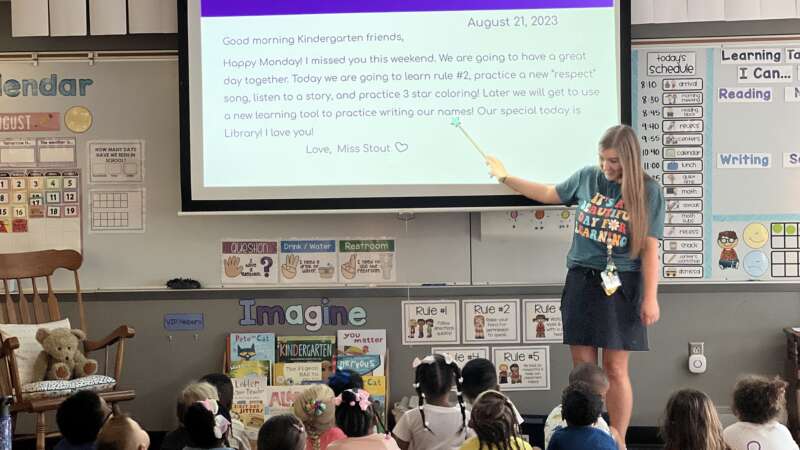Landscape architecture professor wins national award for community-centered classroom approach.
For Kirby Barrett, assistant professor in landscape architecture and regional and community planning, teaching is much like design: deeply rooted and always growing. Receiving the Teaching (Junior) award from the Council of Educators in Landscape Architecture (CELA) was proof for Barrett that the best educators don’t just lecture — they nurture.
What did receiving this award mean to you?
CELA is made up of fellow educators, so receiving an award from them is highly competitive. Your department has to nominate you, and since I’ve only been teaching since 2019, it was a great honor to be nominated and even more incredible to receive the award. It gives me motivation to continue because it shows me that the way I think about teaching is valuable.
How would you describe your teaching philosophy?
My teaching strategy seems to be a little bit different than most. I received this for my work teaching a technical design implementation studio, which focuses on interweaving design and engineering together to build things.
Usually the class is very structured, but I do a lot of interactive exercises with students. I’ll do design projects myself so they have an example before they get to do it on their own. I’m very heavily involved through the entire process instead of just saying, ‘Here’s an example, work through the example, then go do your thing.’
What’s the most important value to instill in your students?
A curiosity to do what is best for the client and for the project. I think students are taught that there is a single right answer. Having a desire to not want that is really important.
A desire for feedback and criticism is also important because there’s a continuum of good — all the way up to really, really good. If we’re not willing to receive feedback from a whole bunch of different people, then we’re not going to end up as really, really good. A healthy desire to seek that, and a want to continue pushing forward, is the most critical skill.
How do you create a safe space for students to test out their ideas?
I don’t grade based on whether their solution is right or wrong; their grading is based on how they interact.
Since I’m working with them hand-in-hand the entire way, they don’t see themselves as being punished for trying something and failing. They see themselves as being given an opportunity to try something to fail. If they do fail, I’ll help them turn it around and get back to something that works. They’re never on their own.
What lessons have become the most relevant in recent years?
I think the climate crisis has only reinforced the things I teach in this class. Things like stormwater management practices, how to engineer ground planes, how we handle water and what kinds of plants we use are even more important than 10 or 15 years ago.
I also think there’s a lot of opportunity for AI. In our field, AI is much more plug-and-play in early design, and while it’s not quite caught up to that yet on the technical side of things, I think there are a lot of opportunities there.
How has your time at K-State shaped your perspective on your field?
I trained young architects a lot when I was in practice, so I’ve always been involved with people who are early in their career. But being here allows me to see the people right out of high school who maybe don’t quite know whether they are passionate about landscape architecture. They may not even know what it is. Seeing them grow from “I don’t know anything about this” to “this is what I want to do for the rest of my life” is so much more fulfilling.



